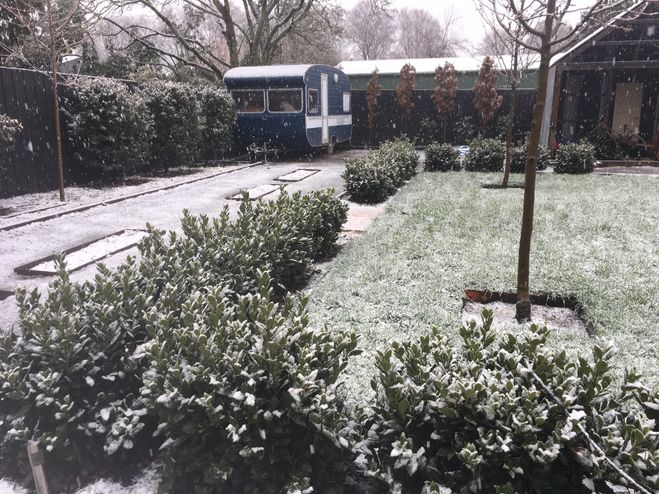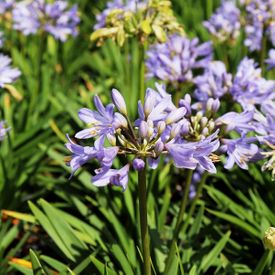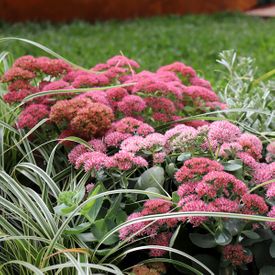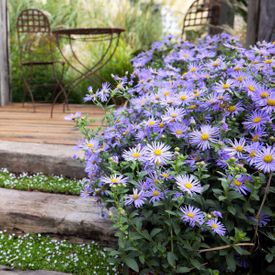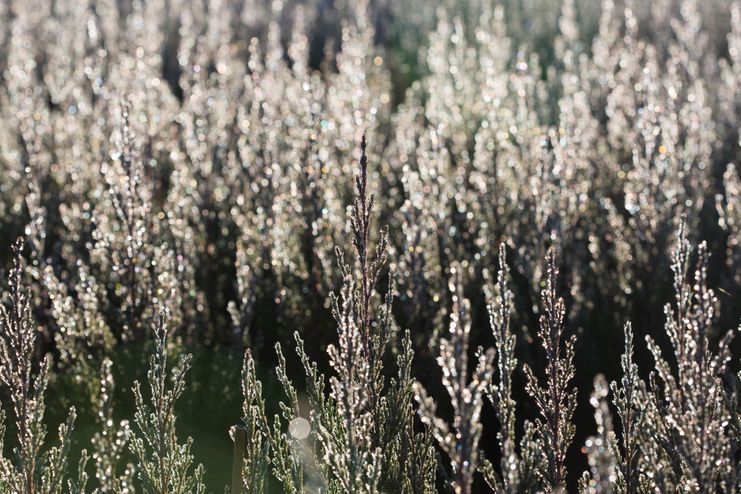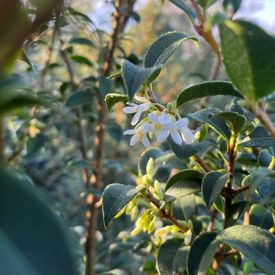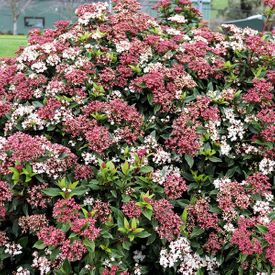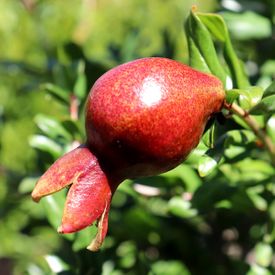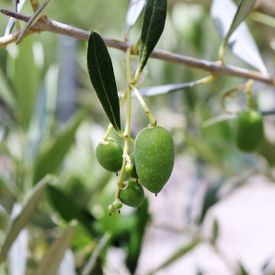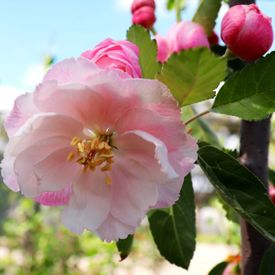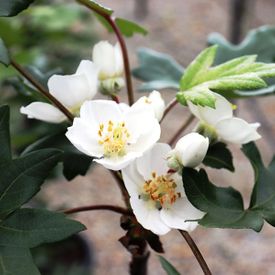Plant What Where | Extreme Conditions
PLANT WHAT WHERE | Extreme Conditions
Australia is a land of extremes with some regions experiencing freezing morning frosts and snow, to searing thirty plus days in the summer, it can be challenging to find plants that will thrive in these conditions. However, there are some hardy great performing plants that can survive these extremes and flourish.
To be best suited for such harsh conditions, plants will need to have qualities that allow them to adapt to the changing temperatures, moisture levels and sunlight exposure. Some of these qualities include: drought tolerance, frost resistance, heat tolerance, pest and disease resistance, and low maintenance. By choosing plants that have these qualities, you can create a beautiful and resilient garden that can withstand the challenges of an extreme climate.
Plant Selections:
Juniperus conferta
A versatile hardy groundcover suitable for harsh conditions. Works well across a variety of garden styles.
Rosmarinus officinalis 'Santa Barbara'
A vigorous, evergreen ground cover, Santa Barbara has dark green needle like leaves and light blue flowers that adorn the plant, late winter to mid spring. While the flowers draw in the bees and other beneficial bugs, you can enjoy the fragrant leaves in your cooking.
Agapanthus praecox 'Baby Pete' pbr
Agapanthus can be described as ‘bullet proof’ - they are extremely hardy and will grow in most soil types and situations.
Lomandra longifolia 'Tanika' pbr
Featuring stunning blue-grey weeping foliage, this variety grows in most soil types and is extremely hardy in dry conditions. These grasses look great in mass plantings and can be clipped to shape.
Sedum telephium 'Autumn Joy'
Best in mixed planting because it dies down over winter and the regrows in spring. Great planted in hot sunny areas where the light pink mass of flowers can be enjoyed.
SMALL TO MEDIUM SHRUBS & HEDGING
Agastache x 'Blue Boa'
One of the longer blooming Agastache, ‘Blue Boa’ have deep violet flower spikes on display from November to May, each flower spike is around 12cm long. Foliage is a bright to mid green that grows in an upright habit with fragrant leaves smelling of a blend of aniseed and lemon.
Aster x frikartii 'Monch'
One of the first Asters to bloom the ‘Monch’ is bound to draw attention to any garden with its bold masses of attractive, soft purple daisy like flowers with golden yellow centres. Flowers are in abundance from late January to early May.
Laurus nobilis 'Baby Bay' pbr
A low maintenance fragrant shrub with dark green glossy foliage which can be utilised as a culinary herb. Once established, the foliage is tolerant of tough environmental conditions.
MEDIUM TO LARGE SHRUBS & SCREENING
Juniperus chinensis 'Spartan'
An upright, compact conifer with beautiful, dense, deep green foliage. Ideal as a topiary subject, useful screen or feature plant.
Osmanthus x burkwoodii
The glossy, dense, dark green foliage of this evergreen makes it the perfect choice as a hedging or screening plant. Its fragrant white flowers produced in spring attract insects and birds.
Osmanthus heterophyllus rotundifolius
This shrub is ideal for hedging, as it forms a dense and compact shape. Particularly suited to forming in to clipped balls and mounds. It can also be grown in pots or containers, where it will add interest and aroma to patios or balconies.
Viburnum tinus
Its dense and quick growth habit makes it great for formal & informal hedging or into clipped topiary.
Punica granatum 'Ben Hur' pbr (Pomegranate)
Pomegranates make a very ornamental feature tree with its bright red flowers and fruits, and perform well in pots.
Olea europaea
Olives will grow happily in a full sun position and are tolerant of a wide range of soil conditions including poor and rocky soils. They are also frost resistant. Choose from 'Picholine', 'Garden Harvest', 'Del Morocco' or 'Tolleys Upright'.
Small deciduous tree with a spreading growth habit and large bright pink double flowers which start out as pink buds. These beautiful blooms are produced in abundance in spring. The branching structure of this tree is very attractive during winter. Our Malus are grafted for optimal growing performance.
The relatively compact form of Malus trilobata makes it ideal for smaller spaces where a dramatic colourful specimen tree is desired. Its changing foliage from deep glossy green in spring to orange and scarlet in autumn and its sweet white blossoms forming decorative green crab apples give this tree even more charm.
A narrow pyramidal deciduous tree with a dense growth habit and attractive symmetrical branching. Produces brilliant orange/red foliage during Autumn, followed by white flowers in Spring.
Pyrus calleryana 'Cleveland Select' - Autumn Colour

